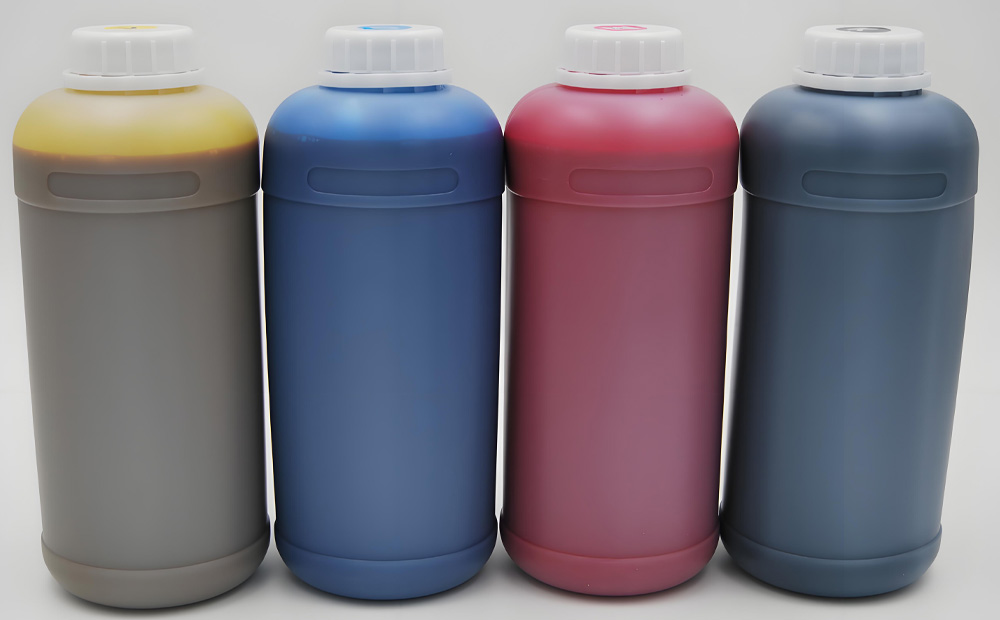Common problems with food grade ink
Date: Sep 14 2024 From: Star Color Views:
In today's food packaging industry, food grade ink plays a crucial role. It not only concerns the aesthetics of the product, but also directly relates to the health, safety, and environmental protection of consumers.
Food grade ink has become the preferred choice for many packaging companies due to its non-toxic, odorless, and environmentally friendly characteristics.
Definition of food grade ink:
Food grade ink: refers to ink that meets food safety standards, usually used for printing food packaging materials. After the printing is dried, the chemical substances in the ink will not migrate to the food when in contact with it, and it is harmless to human health.
Environmental Protection Characteristics: Refers to the minimal pollution caused by ink during production, use, and disposal, in compliance with environmental regulations.

Common problems with food grade ink
1. Migration issues
Problem description: Some chemical components in ink may migrate to food through packaging materials, causing contamination to the food.
Solution: Select high-quality, low mobility raw materials such as water-based resins, environmentally friendly additives, and food grade pigments to ensure the safety of the ink.
2. Odor issue
Problem description: Some inks may have residual irritating odors after printing, affecting the original flavor of food.
Solution: Use odorless or low odor ink formulas to ensure that there are no residual odors after printing.
3. Printing effect issues
Problem description: The poor fluidity and drying speed of ink affect the quality of printed materials.
Solution: Adjust the ink formula and viscosity according to the printing equipment and process requirements to ensure the stability and consistency of the printing effect.
4. Compliance with environmental regulations
Problem description: With the increasingly strict environmental regulations, the environmental performance of ink has become a focus of attention.
Solution: Actively pay attention to domestic and international environmental regulations, adopt environmentally friendly materials and technologies, and ensure that ink meets relevant regulatory requirements.
Common issues of food grade ink that users are concerned about
Is food grade ink toxic?Answer: Food grade ink is non-toxic, odorless, does not contain toxic solvents such as benzene, ether, and isoflurane, does not contain heavy metals, does not contain VOCs, and is harmless to the human body.
Can food grade ink be eaten?Answer: Food grade ink is not edible ink and cannot be eaten. Although food grade inks follow strict food safety standards in their design and production, and ensure the safety of their ingredients, they are not food and are not designed for consumption.
Is standard for food grade ink?Answer: The following are the food grade ink standards of major countries internationally:
EU Regulation (EC) No 1935/2004
US Food and Drug Administration (FDA) 21 CFR
Chinese food grade ink standards: GB 4806.1, GB 9685, GB 2760, etc.
ISO 8000 series standards for food contact materials

As a leading brand in the field of water-based ink, Zhongzhixing's food grade ink has won widespread recognition in the market due to its excellent environmental characteristics and outstanding printing effects.
We use high-quality water-based resins, environmentally friendly additives, and food grade pigments, which are scientifically proportioned and precision processed to ensure the safety and stability of the ink. At the same time, we focus on technological innovation and quality control, constantly launching new products that meet market demand.
Choosing Zhongzhixing
food grade ink is choosing a greener and healthier future. We are committed to providing customers with safe, environmentally friendly, and efficient printing solutions, and jointly promoting the sustainable development of the food packaging industry.
 RU
RU
 EN
EN
 CN
CN


